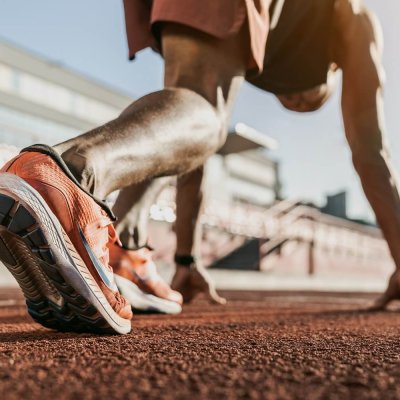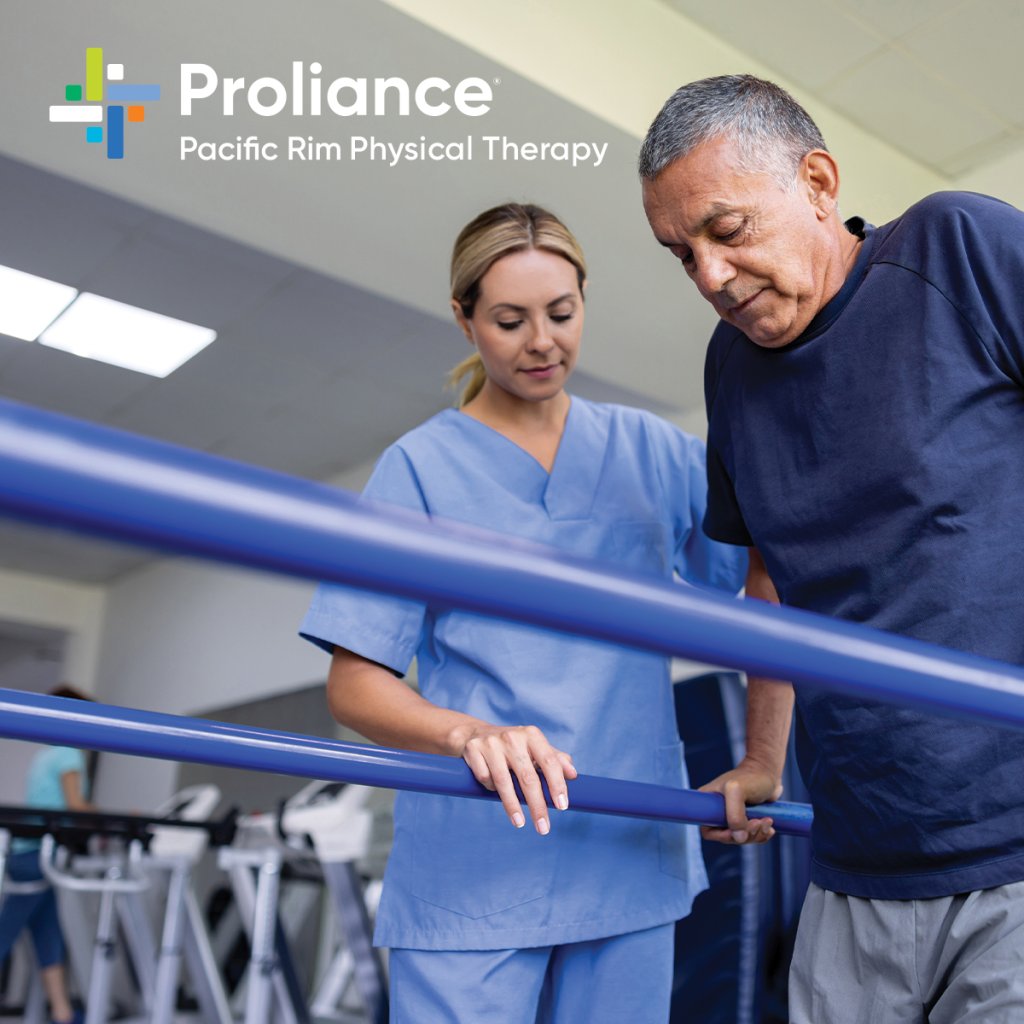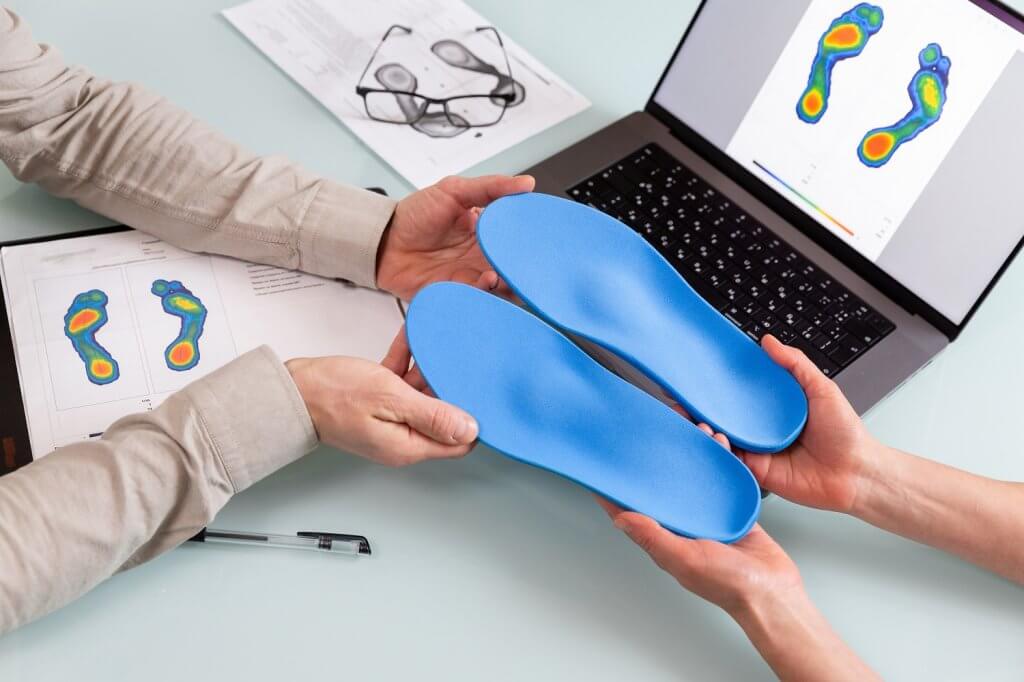Whether you’re a weekend warrior or a competitive athlete, your feet are your foundation for peak performance. Custom orthotics can play a crucial role in not only preventing injuries but also enhancing your athletic abilities across various sports and activities.
Why Athletes Need Different Orthotic Solutions
Athletic activities place unique demands on your feet that differ from everyday walking. Running, jumping, cutting, and pivoting create forces that can be several times your body weight. These impacts travel through your feet and up through your entire kinetic chain.
Athletes often have specific biomechanical needs that generic insoles can’t address. Custom orthotics for athletes are designed to handle high-impact forces while providing the precise support and correction needed for optimal performance.
The goal isn’t just comfort — it’s maximizing efficiency of movement while reducing the risk of overuse injuries that can sideline you from your sport.
Common Athletic Injuries That Orthotics Can Help Prevent
- Plantar Fasciitis is common among runners and athletes who participate in jumping sports. Custom orthotics provide arch support and shock absorption that can prevent the repetitive stress that leads to this painful condition.
- Shin Splints often result from overpronation or poor shock absorption during running. Orthotics can control excessive foot motion and provide cushioning that reduces stress on the muscles and bones of the lower leg.
- Achilles Tendonitis can be caused by biomechanical imbalances that put excessive strain on the Achilles tendon. Proper orthotic support can help optimize foot mechanics and reduce this stress.
- Stress Fractures in the feet and lower legs can result from repetitive impact and poor shock absorption. Orthotics help distribute forces more evenly and provide crucial cushioning during high-impact activities.
- IT Band Syndrome and other knee problems can sometimes be traced back to foot mechanics. By improving foot alignment and reducing excessive pronation, orthotics can help prevent knee pain and injury. Research has shown that lateral wedge insoles can reduce the knee adduction moment during walking, which is beneficial for managing medial compartment knee issues and may help prevent long-term degenerative changes.
Sport-Specific Orthotic Design
Different sports require different orthotic features.
Runners typically need orthotics that provide excellent shock absorption, arch support, and motion control to handle the repetitive impact of thousands of foot strikes per workout.
Basketball and tennis players need orthotics that provide stability for lateral movements while offering cushioning for jumping and landing. The orthotics must fit well in athletic shoes that provide ankle support.
Cyclists may benefit from orthotics that optimize power transfer and prevent hot spots during long rides. The thin profile needed for cycling shoes requires specialized design considerations.
Golfers often need orthotics that provide stability during the golf swing while offering comfort for walking the course. Balance and proprioception (perception or awareness of the position and movement of the body) are key considerations.
Performance Enhancement Benefits
Beyond injury prevention, custom orthotics can actually improve athletic performance. By optimizing foot mechanics, orthotics can improve efficiency of movement, reducing the energy wasted on compensatory motions.
Better alignment can improve balance and proprioception, leading to better control and stability during athletic movements (Hammami et al., 2024). Many athletes report feeling more stable and confident in their movements after getting custom orthotics.
Improved shock absorption can reduce fatigue during long training sessions or competitions, allowing athletes to maintain their performance level longer.
Some athletes also experience improved power transfer, particularly in sports that involve pushing off from the ground, as orthotics can help optimize the foot’s position during these movements.
Material Considerations for Athletic Orthotics
Athletic orthotics often use specialized materials designed to handle high-impact forces while remaining lightweight. Carbon fiber and other advanced materials provide excellent support while being thin enough to fit in athletic shoes.
Moisture management is crucial for athletic orthotics, so materials that wick away sweat and resist odor are often used. Some orthotics include antimicrobial treatments to keep them fresh during intense training.
The durability requirements for athletic orthotics are higher than for everyday use, so materials and construction methods are chosen to withstand the increased forces and frequency of use.
Getting Athletic Orthotics Right
Working with a podiatrist who understands sports medicine is valuable for athletes considering custom orthotics. The evaluation should include sport-specific movement analysis and consideration of your training schedule and competitive goals.
Bring your athletic shoes to the appointment to ensure the right fit within your specific footwear. Different sports shoes have different internal dimensions and support features that affect orthotic design.
Timing is important when getting athletic orthotics. Allow time for the break-in period before important competitions, and consider having backup pairs made if you’re a serious competitor.
Maintenance for Athletic Use
Athletic orthotics require more frequent cleaning and maintenance due to increased sweat and use. Regular cleaning with antimicrobial solutions helps prevent odor and bacterial growth.
Monitor your orthotics for signs of wear, especially if you’re training at high intensity or volume. Athletic orthotics may need replacement more frequently than those used for everyday activities.
Consider having multiple pairs if you train frequently, allowing one pair to air-dry while using the other.
The Investment in Athletic Performance
For athletes, custom orthotics represent an investment in both immediate performance and long-term athletic longevity. They can help prevent costly injuries that sideline training and competition.
Many athletes find that orthotics allow them to train more consistently by reducing pain and fatigue, ultimately leading to better performance outcomes.
The research supporting orthotic use demonstrates benefits for both immediate performance and long-term joint health, including improvements in knee biomechanics, making them a valuable tool for serious athletes at any level.
If you’re an athlete dealing with recurring foot, leg, or knee issues, or if you’re looking to optimize your performance, custom orthotics may be worth considering. Contact Proliance Northwest Foot and Ankle Specialists at (425) 337-7000 or request an appointment online to learn more about sport-specific orthotic solutions designed for your athletic goals.








